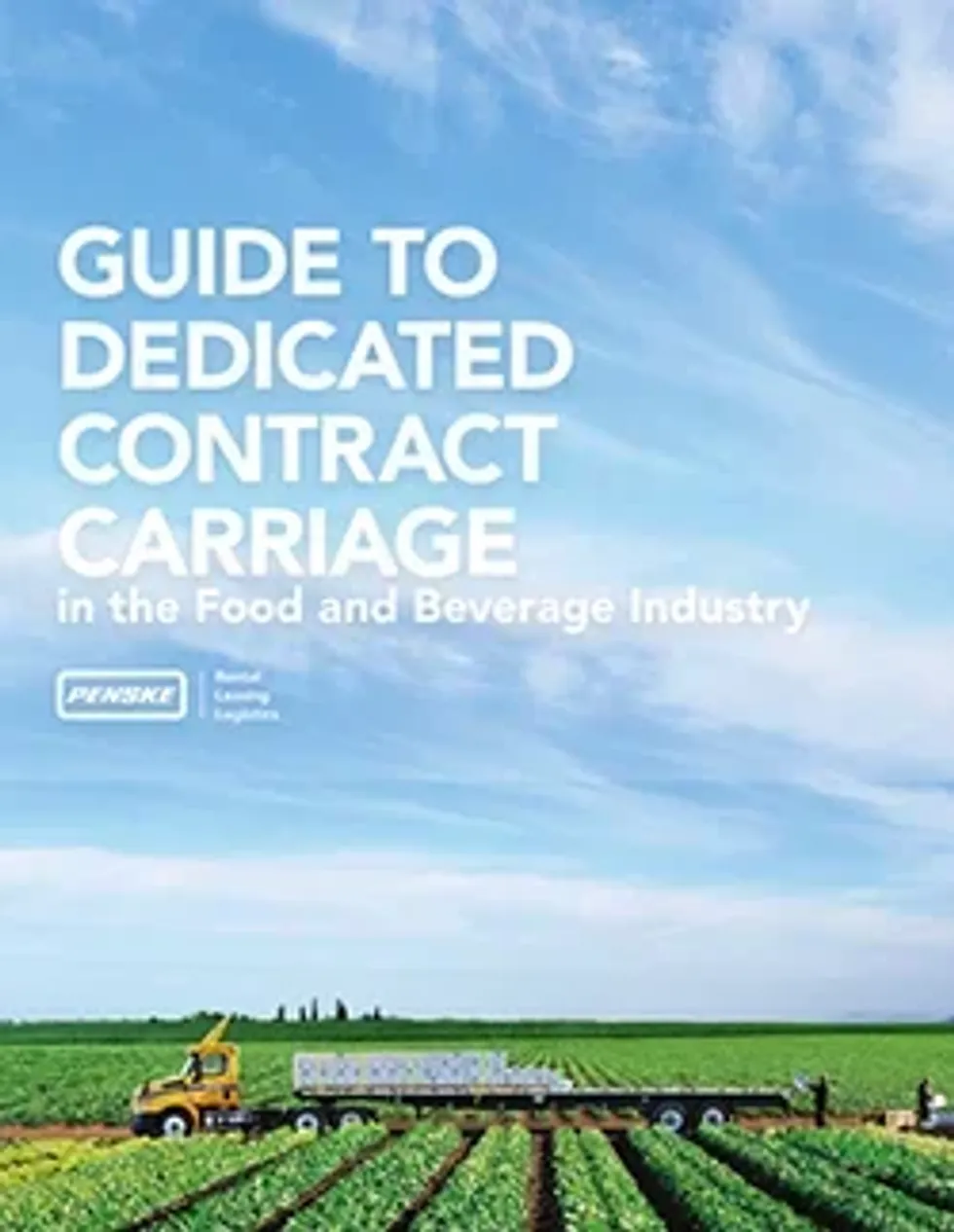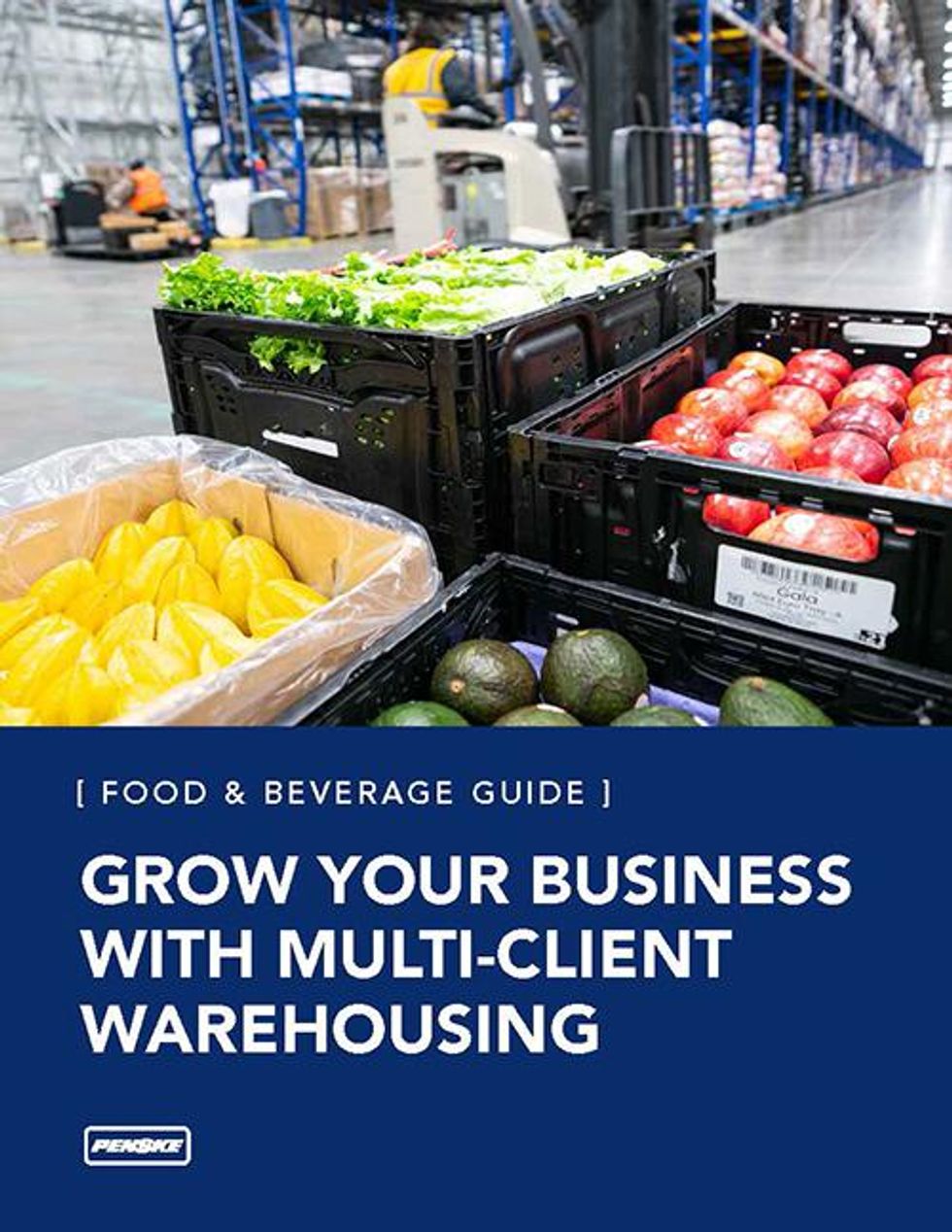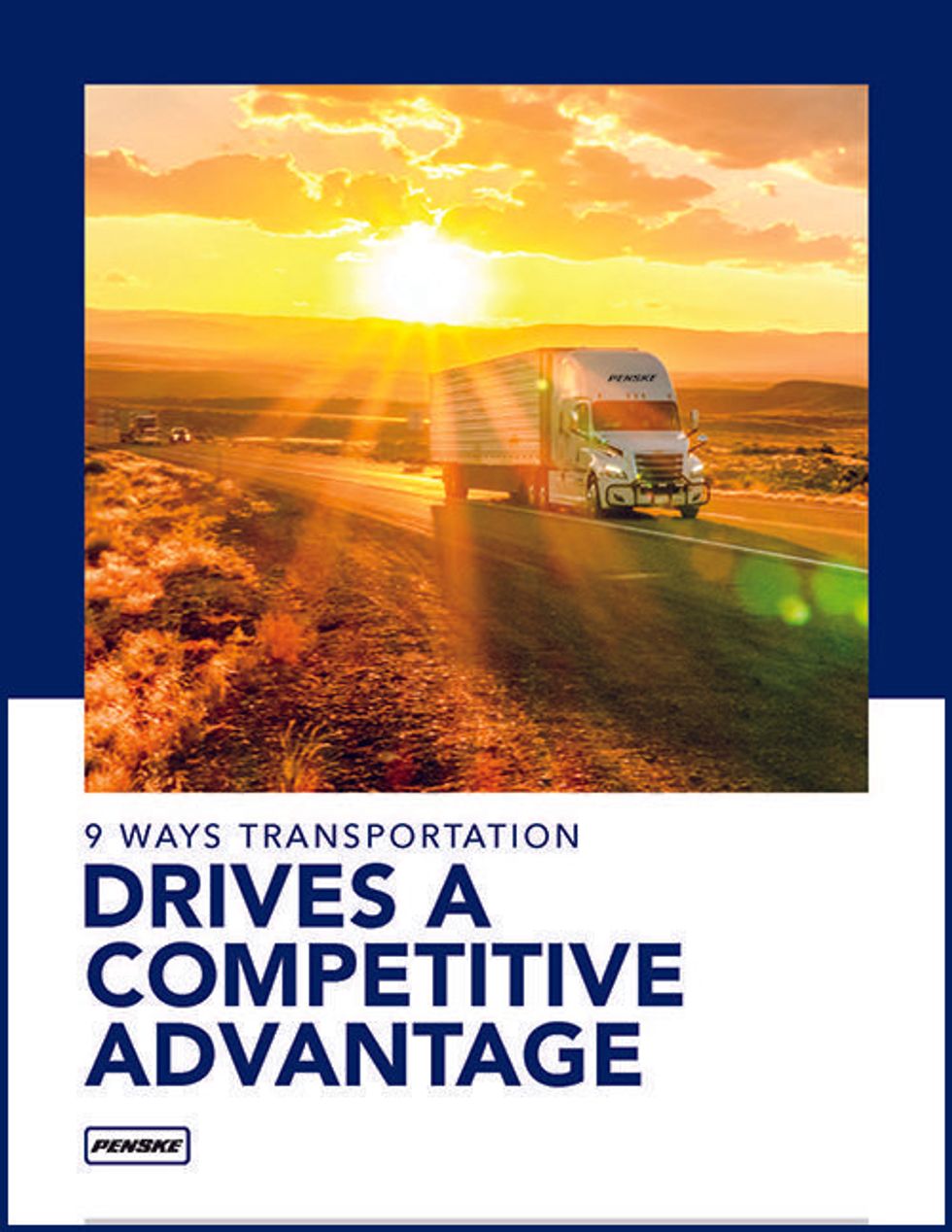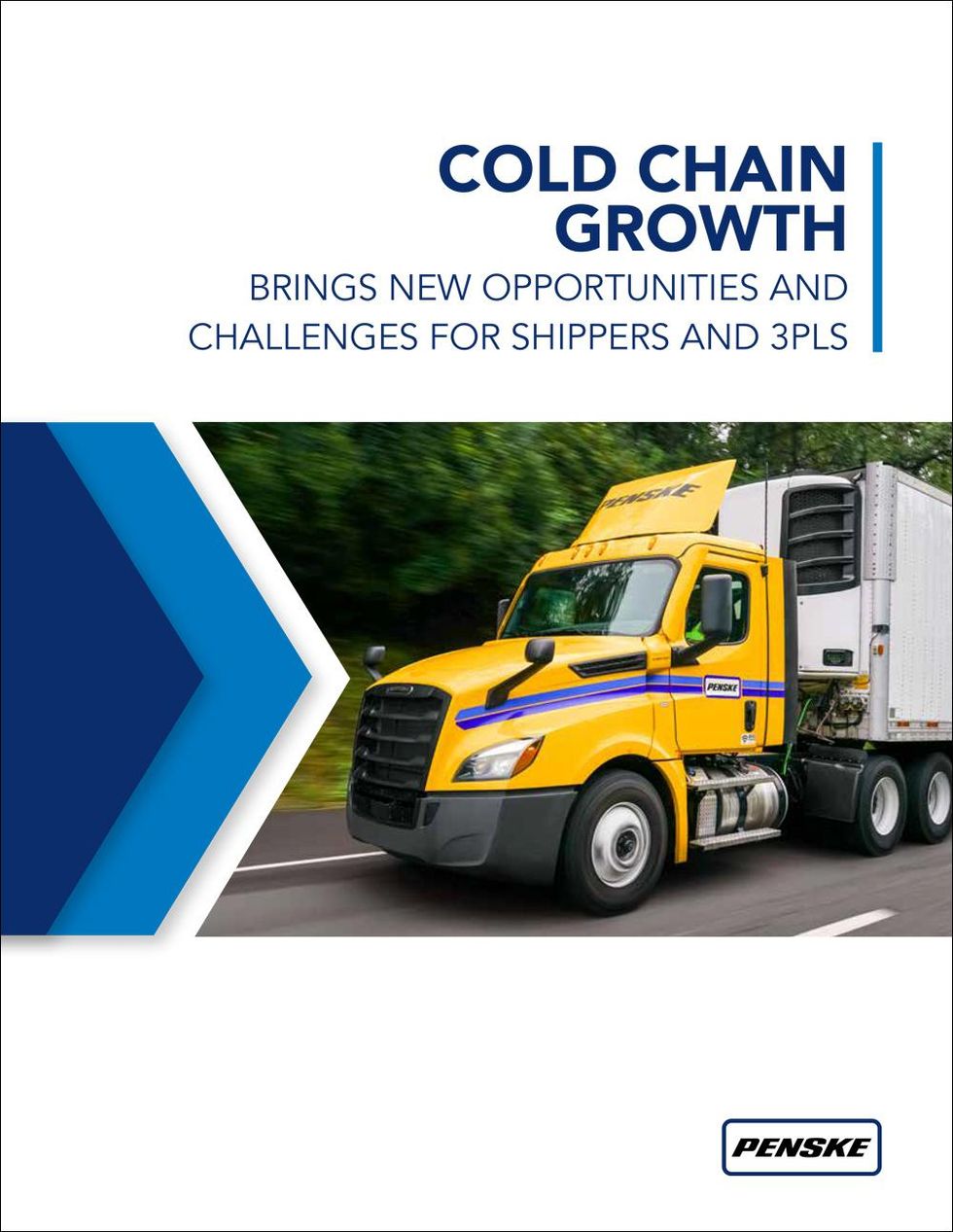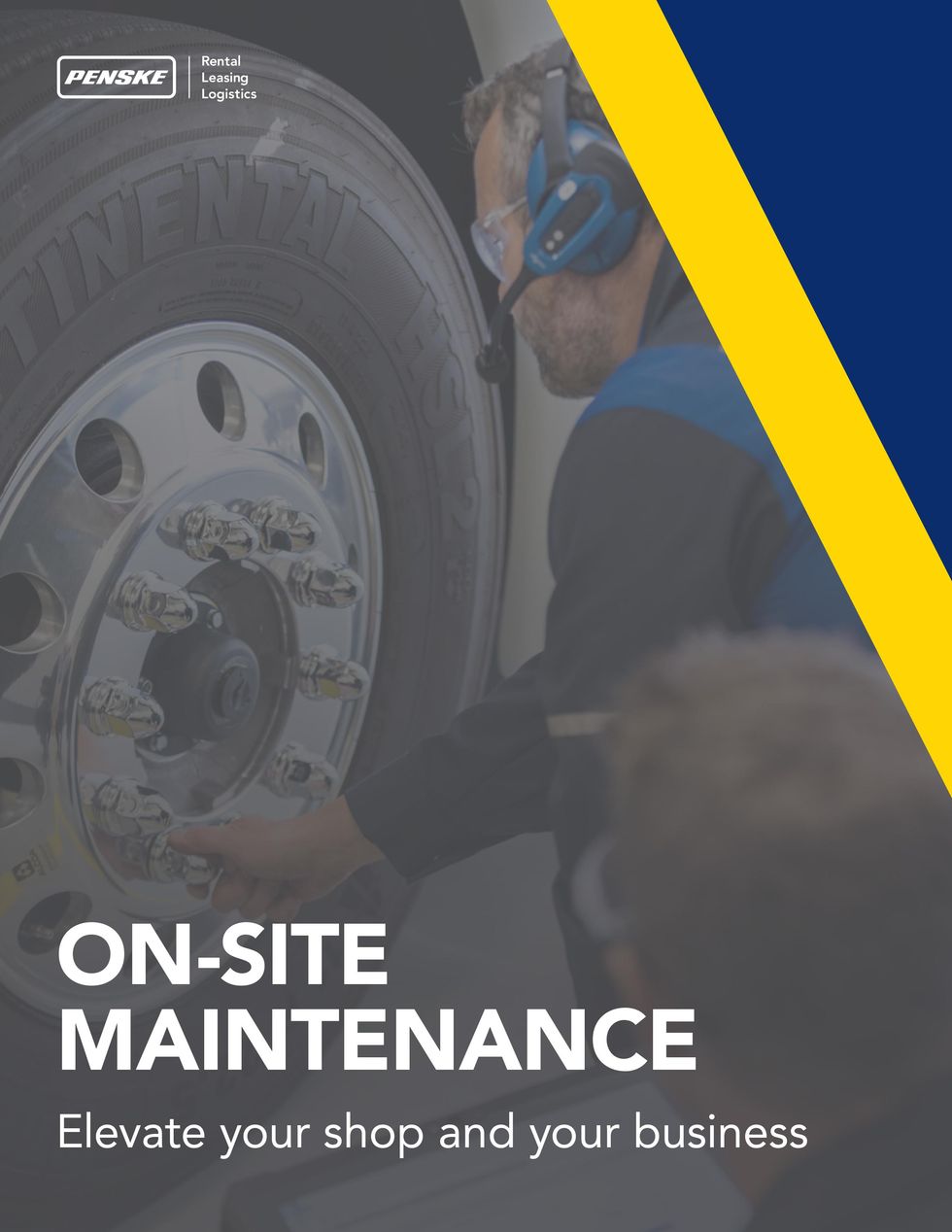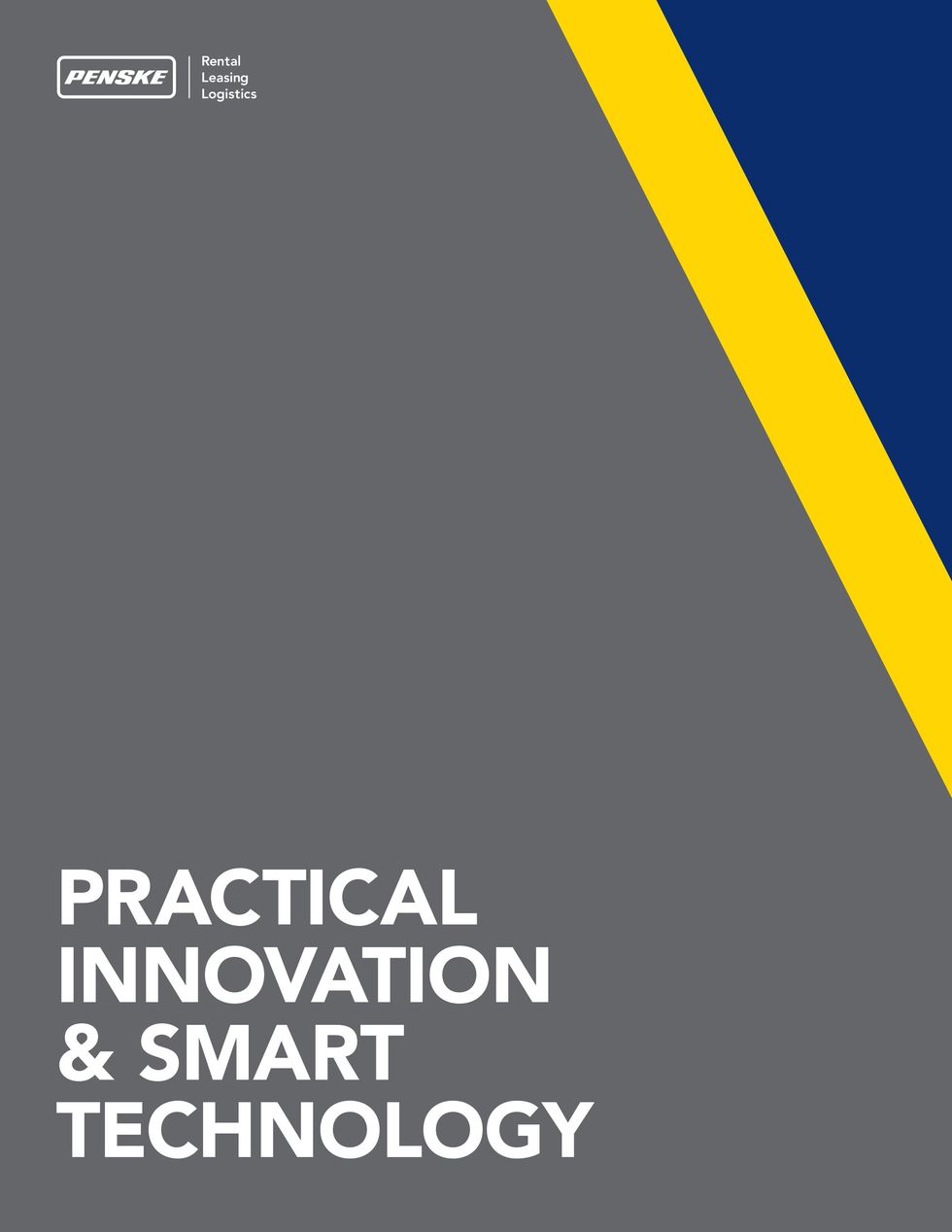In today’s fast-paced transportation industry, minimizing downtime is critical for maintaining productivity and keeping costs under control. Enter remote vehicle diagnostics from Penske Truck Leasing – technology that offers trucking fleets managers greater insights and control over their operations. But what exactly is remote vehicle diagnostics, and how can it benefit you fleet?
The Power of Real-Time Data
Imagine knowing the condition of every vehicle in your fleet. Remote vehicle diagnostics provides this capability by monitoring your vehicles and delivering real-time data. This data is invaluable for minimizing unexpected breakdowns, scheduling timely maintenance and ensuring your fleet is always operating at peak efficiency.
Increase Vehicle Uptime
One of the most significant advantages of remote diagnostics is its ability to increase vehicle uptime. With real-time insights, potential issues can be identified and addressed before they result in costly repairs and downtime. This approach not only keeps your vehicles on the road longer, but also enhances overall operational efficiency.
Cost Reduction Through Efficiency
Remote vehicle diagnostics also contributes to cost savings. By identifying and addressing problems early, you can reduce the need for unscheduled maintenance. Additionally, the ability to monitor vehicle performance and driver behavior can lead to better fuel efficiency and extended vehicle lifespan.
Enhanced Communication and Support
Effective communication is crucial for fleet management. Remote diagnostics systems facilitate seamless communication between drivers, fleet managers and service providers. For instance, our 24/7 Roadside Assistance team can access real-time vehicle data to diagnose issues quickly and get your drivers back on the road faster. This enhanced support network ensures that help is always at hand, minimizing downtime and disruption.
Discover More in our Free E-Book
If you’re ready to dive deeper into the work of remote diagnostics and unlock its full potential for your feel, our comprehensive e-book, “How Remote Vehicle Diagnostics Enhances Productivity,” is your ultimate guide. Inside you’ll find:
- The Fundamentals: An in-depth look at how remote diagnostics work and its benefits
- Real-Time Insights: How actionable data can transform your operations
- Proven Results: Learn from industry leaders who have successfully implemented remote diagnostics
- Strategies for Success: Practical applications and tips for maximizing the benefits of remote diagnostics.
- The Future of Fleet Maintenance: Insights into the evolving role of predictive analytics in fleet management.
Don’t miss out on this opportunity to elevate your fleet management game. Download Penske Truck Leasing's free e-book today and start experiencing the benefits of remote vehicle diagnostics for yourself.
